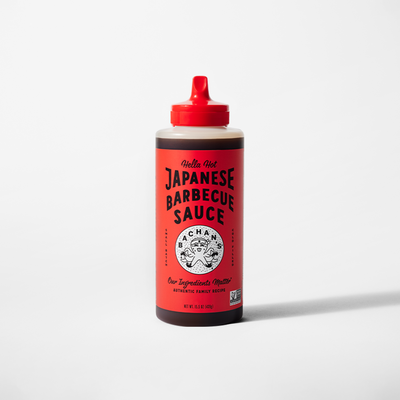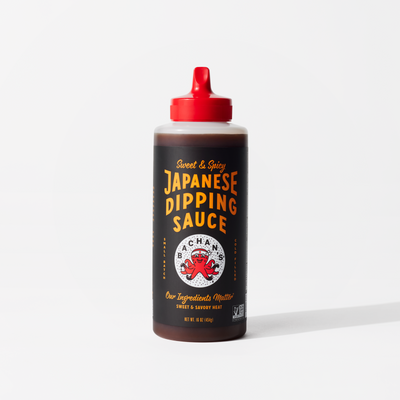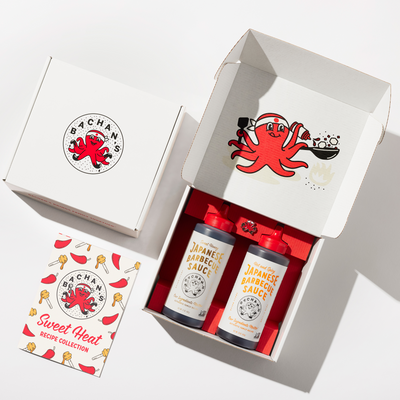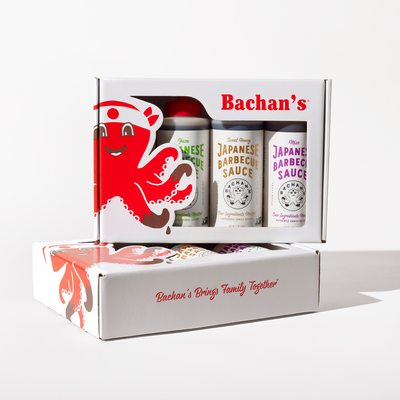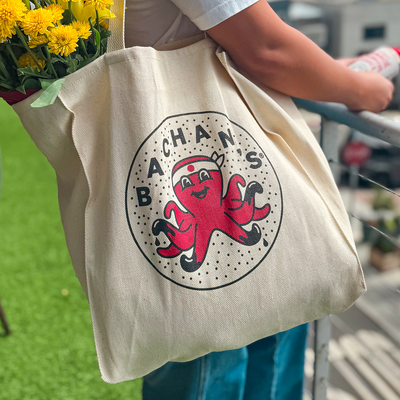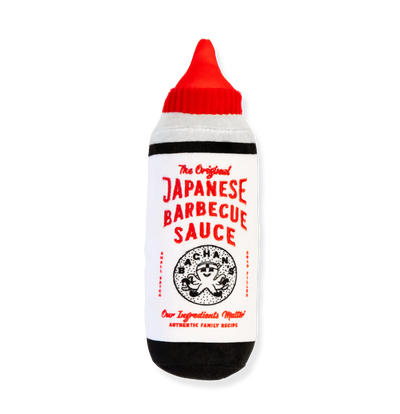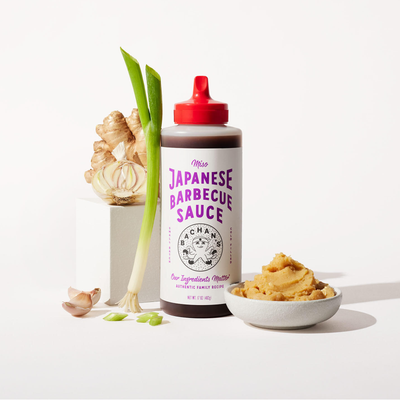Posted by Corey Loftus on
Japanese Naporitan Spaghetti
- Cook Time: 15 Minutes
- Serves: 2

Japanese Naporitan Spaghetti
Everyone loves ramen and soba and udon, but have you heard of Japanese spaghetti? If you’re a fan of Japanese noodles, it’s time to expand your horizons.
Who doesn’t love spaghetti, especially a Japanese take on it? If you’re always looking for pasta dishes to add to your repertoire, Japanese Naporitan spaghetti is for you. Savory, a tiny bit sweet, and incredibly popular, Naporitan is probably the most well-known Japanese pasta dish out there. It’s absolutely delicious: soft and tender spaghetti noodles tossed in a tangy, savory, umami-rich sauce with browned onions, crisp green bell peppers, snappy pork sausage and sliced mushrooms.
What is Japanese Naporitan spaghetti?
Naporitan (the Japanese spelling of Napolitan) is a popular Japanese pasta dish. It’s spaghetti with onions, mushrooms, peppers, bacon and sausages/Japanese-style wieners in a tomato ketchup-based sauce seasoned with Japanese Worcester sauce and sugar. It’s sweet, savory, and probably addictive.
Where is it from?
Naporitan is from Japan. It’s an itameshi dish, which is a type of Japanese-Italian fusion that is considered classic Japanese food. Itameshi translates to “Ita” for Italian and “meshi” for meal, meaning “Italian meal.” There’s a long history of Italian food in Japan from as far back as 1880. Spaghetti really started becoming popular in the 1980s when a bunch of Itameshi restaurant chains such as Saizeriya and Spajiro opened up across the country.
Naporitan is specifically from Yokohama, a city close to Tokyo. The story goes that a head chef at the New Grand Hotel created the spaghetti and ketchup dish for the American military in the 1950s. Because it was postwar, there was a lack of ingredients, so instead of tomatoes, ketchup was chosen as the base of the sauce. The chef, Shigetada Irie, named the dish “Naporitan” as an homage to the city of Naples.
Is it authentic?
Absolutely. The dish was invented in Japan and is beloved across the nation. Naporitan is considered yoshoku or Western-style Japanese cooking using Western ingredients. Yoshoku is a style of Japanese cooking that’s beloved in Japan. Essentially, yoshoku dishes are classic Western dishes interpreted through a Japanese lens, much like how American Chinese food is classic Chinese dishes interpreted for the American palate. Through yoshoku, the dish is adapted to suit the Japanese palate, leaning on Japanese flavorings. Yoshoku is often made at home which gives it a nostalgic feel.
Naporitan is a mainstay on Itameshi menus. There’s a large amount of Itameshi restaurants in Japan and they’re popular with young and old alike. There’s certainly a nostalgia factor, but there’s genuinely a market for Japanese-inspired and Japanese-adapted pasta dishes, even amongst Italian visitors. If you ever get a chance to visit Japan, you should definitely try Japanese pasta.
What does it taste like?
Naporitan is sweet and savory and tastes like saucy spaghetti with hits of different flavors from the sausage and vegetables. Our Bachan’s Miso Barbecue Sauce version takes things up a notch by adding a depth of umami and flavor that is unparalleled. You’ll definitely want to try it. Naporitan isn’t common on menus in North America - even at Japanese restaurants - but if you happen across a Japanese cafe/kissaten or Japanese pasta place they will probably have it on the menu. Your best bet though is to make Naporitan at home with our recipe.
Ingredients
spaghetti - use your favorite brand of dried spaghetti and cook it slightly longer than al dente so it’s just a touch softer than usual.
olive oil and butter - olive oil to fry up the aromatics and sausage and butter for finishing the sauce, giving it a nice gloss.
vegetables - onion, garlic, bell pepper, and mushrooms are the standard vegetables you’ll find in Naporitan. The bell pepper is typically green and the mushrooms are sliced button mushrooms.
sausages - if you can get your hands on them, Japanese sausages (pronounced weena) are the best choice for Naporitan. They’re small, snappy, juicy, and made with pork. If you can’t find them, substitute them with small smokie sausages.
ketchup - a key ingredient that will give the Naporitan that signature red hue as well as adding a sweet and tangy note
Bachan’s Miso Barbecue Sauce - the star of the show, the flavor, the hero. Sweet, savory, full of umami, this is what’s going to make your Naporitan sing
parmesan and tabasco - if you want to be absolutely authentic, your parm should come from a green shaker with a red lid because it’s what they bring to the table if you order Naporitan in Japan. They’ll also give you a bottle of tabasco in case you want a bit of tangy heat. Obviously, you should switch these out for freshly grated real parmesan and Bachan’s Hella Hot Barbecue Sauce.
How to make it
Cook your spaghetti according to the package directions. If you want it extra authentic, be sure to cook it slightly softer than al dente.
While the spaghetti is cooking, heat up some olive oil and add onions and garlic. Cook until the onions and garlic are fragrant and soft.
Add sliced sausages and cook until slightly browned, then stir in strips of green bell pepper and sliced mushrooms. When everything is cooked, push everything to the side and add ketchup to the pan. Mix everything up and cook until the ketchup coats the vegetables and cooks down a bit. Remove the pan from the heat.
By now, the spaghetti should be cooked so it’s time to save some hot pasta water and then drain it.
After draining the spaghetti, add the spaghetti as well as a generous amount of Bachan’s Miso Barbecue Sauce to the pan. Toss everything to coat, loosening with extra hot pasta water if needed.
Finish with butter, tossing, and stirring until the sauce coats all the strands of pasta then enjoy topped with parmesan and extra Bachan’s Miso.
What is in Japanese Naporitan spaghetti sauce
Typically Naporitan sauce is made with ketchup, sugar, and Japanese Worcester sauce. The ketchup gives Naporitan a sweet and tangy base, the sugar makes it a touch sweeter, and the thick, sweet, and brown Japanese Worcester (or Worcestershire) sauce adds umami. For this Naporitan, we’re substituting the Worcester sauce with Bachan’s Miso Barbecue Sauce for a bold sweet and savory, deeply flavorful, craveable boost. The mix of both white and red miso, combined with traditionally brewed soy sauce, aged Japanese mirin, organic rice vinegar, fresh organic green onion, ginger, and garlic will take your Naporitan to the next level.
Itadakimasu!
Directions
ingredients
• 8 ounces spaghetti
• 1 tbsp olive oil
• 1/4 onion, sliced
• 1 clove garlic, minced
• 2 sausages, sliced diagonally
• 1 bell pepper, cored and sliced
• 1/2 lb mushrooms, thinly sliced
• 2 tbsp ketchup
• 1/4 cup Bachan’s Miso Barbecue Sauce
• 1 tbsp butter
• grated parm, to serve
Prep Time: 10 Minutes
Cook Time: 15 Minutes
Serves: 2



